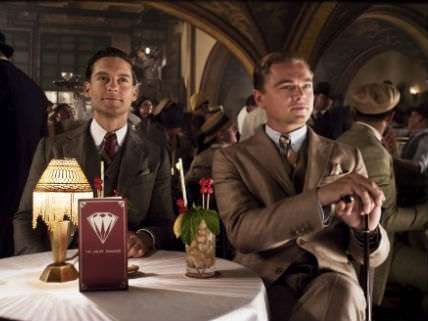Nick Gillespie on The Great Gatsby's Creative Destruction

Very few American novels have demonstrated the remarkable staying power of F. Scott Fitzgerald's The Great Gatsby. Published in 1925, it remains a critical darling, a widely read popular novel, and the scourge of indifferent high school students who suffer through it as that most soul-killing of literary forms, "assigned reading." Gatsby looms so large in the American imagination that it's already been filmed four times (the first time in 1926, as a silent movie) and will hit theaters yet again in May, with an A-list cast (Leonardo DiCaprio, Tobey Maguire) and director (Baz Luhrmann).
The reason that Gatsby (the novel, if not the character) still has plenty to say to us, writes Nick Gillespie, is that it captures the precise moment that modern America came into recognizable shape. It is about the move from countryside to metropolis, from unum to pluribus, from hierarchy to heterarchy in all aspects of cultural and economic life. It captures a world in which nothing is fixed in terms of status, fortune, and self-fashioning—and it narrates the anxieties caused by such freedom.


Show Comments (0)